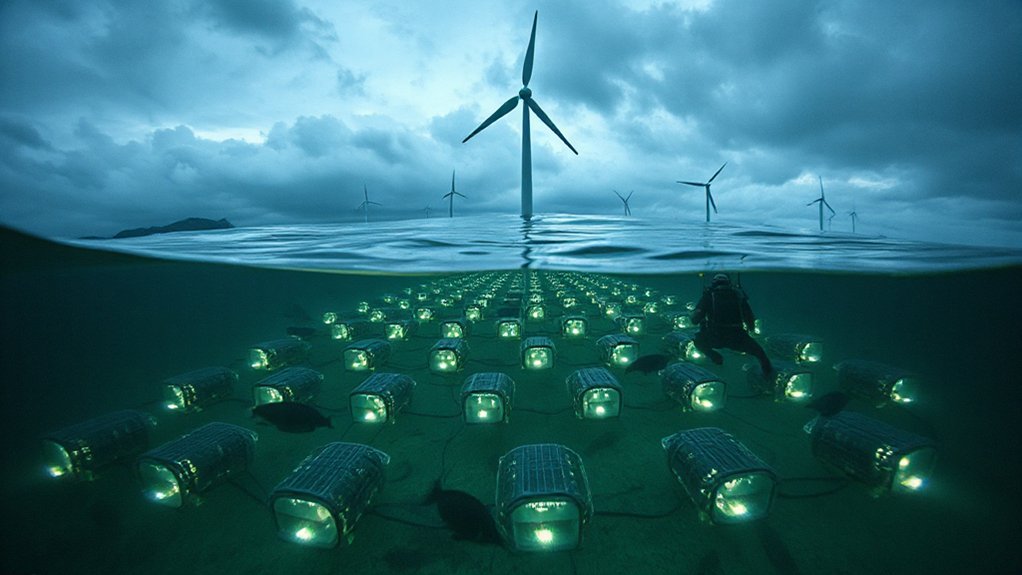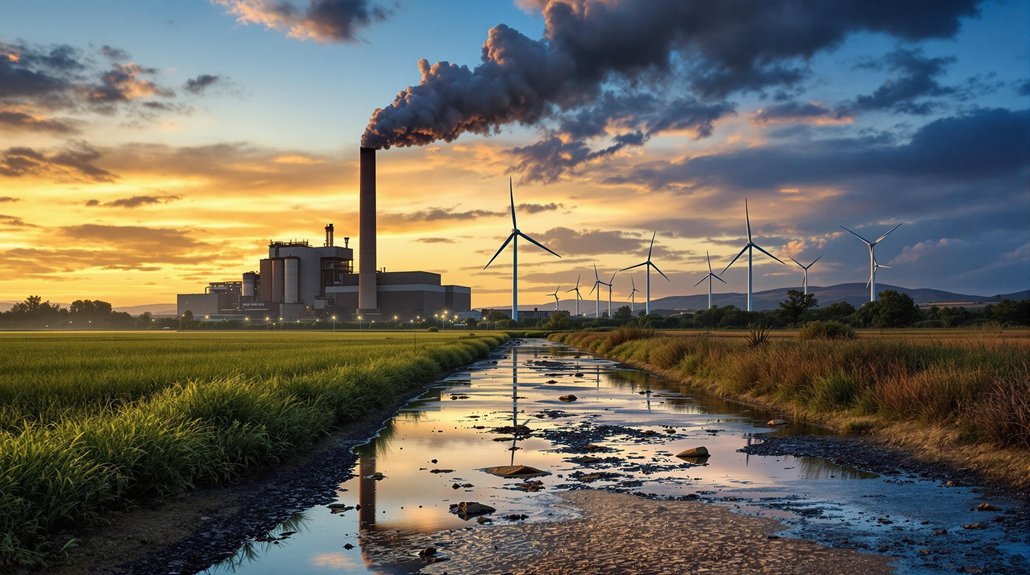Renewable energy currently powers about one-third of global electricity generation, with renewables providing 30% of electricity worldwide as of 2022. However, renewables comprise only 13% of total final energy consumption. Solar leads growth at 1,018 gigawatts capacity, followed by wind at 837 gigawatts, while hydropower remains the largest contributor at 16.8% of global electricity. Experts project renewables will reach 35% of electricity generation by 2025 and potentially 46% by 2030.

The world’s evolution toward renewable energy continues to gain momentum, with clean power sources now providing nearly one-third of global electricity. Recent data shows renewables generated 30% of global electricity in 2022, a slight increase from 29% in 2020. However, when considering total final energy consumption—which includes heating, transportation, and industry—renewables account for just 13% as of 2023.
Solar power is leading the renewable energy surge. Global solar capacity reached 1,018 gigawatts in 2022, with installations growing by 40% that year. In 2023, the world added 473 gigawatts of renewable capacity, with solar making up 347 gigawatts—over 73% of new additions. Experts predict solar will surpass hydropower as the largest renewable electricity source by 2030. In the United States, solar is expected to account for over 50% of new electricity generating capacity in 2023.
Wind energy is also making significant progress. Global wind capacity hit 837 gigawatts in 2022, with generation increasing by 17% that same year. Offshore wind grew by 75% between 2020 and 2022. The increasing focus on offshore wind has been particularly notable in Europe, where capacity is set to double by 2025. By 2026, wind is expected to generate more electricity than nuclear power plants worldwide.
Currently, hydropower remains the largest renewable electricity source, generating 4,330 terawatt-hours in 2022 and accounting for 16.8% of global electricity. However, its share is expected to decline slightly by 2030 as solar and wind expand faster. In fact, combined wind and solar generation surpassed hydropower in 2024. This shift is driving economic stability by reducing dependence on imported fuels and creating new jobs across various sectors.
China leads the global transformation, accounting for 60% of new renewable capacity additions. Europe generates 40.5% of its electricity from renewables, while South America leads all regions with 75% renewable electricity.
Looking ahead, renewables are projected to provide 35% of global electricity by 2025 and 46% by 2030. Some experts believe renewables could generate up to 90% of the world’s electricity by 2050.
However, challenges remain, including the need for energy storage, grid flexibility improvements, and addressing renewable curtailment issues in some regions. Despite these hurdles, the renewable energy market is forecast to grow at 17.2% annually through 2030.
Frequently Asked Questions
How Do Regional Renewable Energy Percentages Vary Globally?
Regional renewable energy adoption varies dramatically across the globe.
Latin America leads with 57.5% of energy coming from renewables, followed by Europe at 40.7%.
North America shows mixed results: Canada uses 68% renewable energy while the US lags at 20.5%.
Asia sees rapid growth, with China driving 60% of global additions.
The Middle East remains the lowest adopter with just 2.2% renewable energy.
What Barriers Prevent Faster Renewable Energy Adoption?
Several barriers slow renewable energy adoption worldwide. High upfront costs and fossil fuel subsidies create economic hurdles.
Technical challenges include intermittency of solar and wind power, plus limited energy storage options.
Lengthy permitting processes and outdated regulations form policy roadblocks.
Social resistance appears in the form of NIMBY concerns and fossil fuel job losses.
Different regions face varying combinations of these obstacles depending on local conditions.
Which Countries Lead in Renewable Energy Implementation?
Several countries are leading in renewable energy adoption.
Iceland, Norway, and Costa Rica generate over 98% of their electricity from renewables.
China dominates in both solar and wind power capacity.
Denmark and Scotland have set ambitious targets, with Scotland already achieving 100% renewable electricity.
Sweden uses renewables for 68% of its total energy consumption.
Uruguay has transformed its energy mix to nearly 98% renewable in just a decade.
How Does Renewable Energy Impact Job Markets?
Renewable energy is creating millions of jobs worldwide. In 2022, the sector employed 13.7 million people globally, up from 12.7 million in 2021.
The solar industry leads with 44% of all renewable jobs. In the U.S., renewable energy jobs are growing twice as fast as the overall job market, with about 3.5 million Americans now working in the field.
This growth spans manufacturing, installation, and maintenance roles.
What Technological Innovations Are Advancing Renewable Energy?
Several technological innovations are pushing renewable energy forward.
Perovskite solar cells now reach 33% efficiency in labs.
Floating turbines allow wind farms in deeper waters.
Energy storage is advancing with solid-state batteries and gravity systems.
Smart grids use AI to optimize power distribution.
Transparent solar panels can turn windows into energy producers.
Bladeless wind turbines reduce noise and bird deaths.









